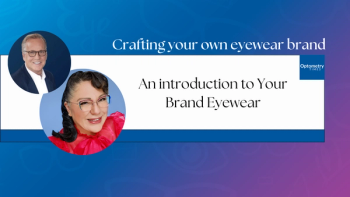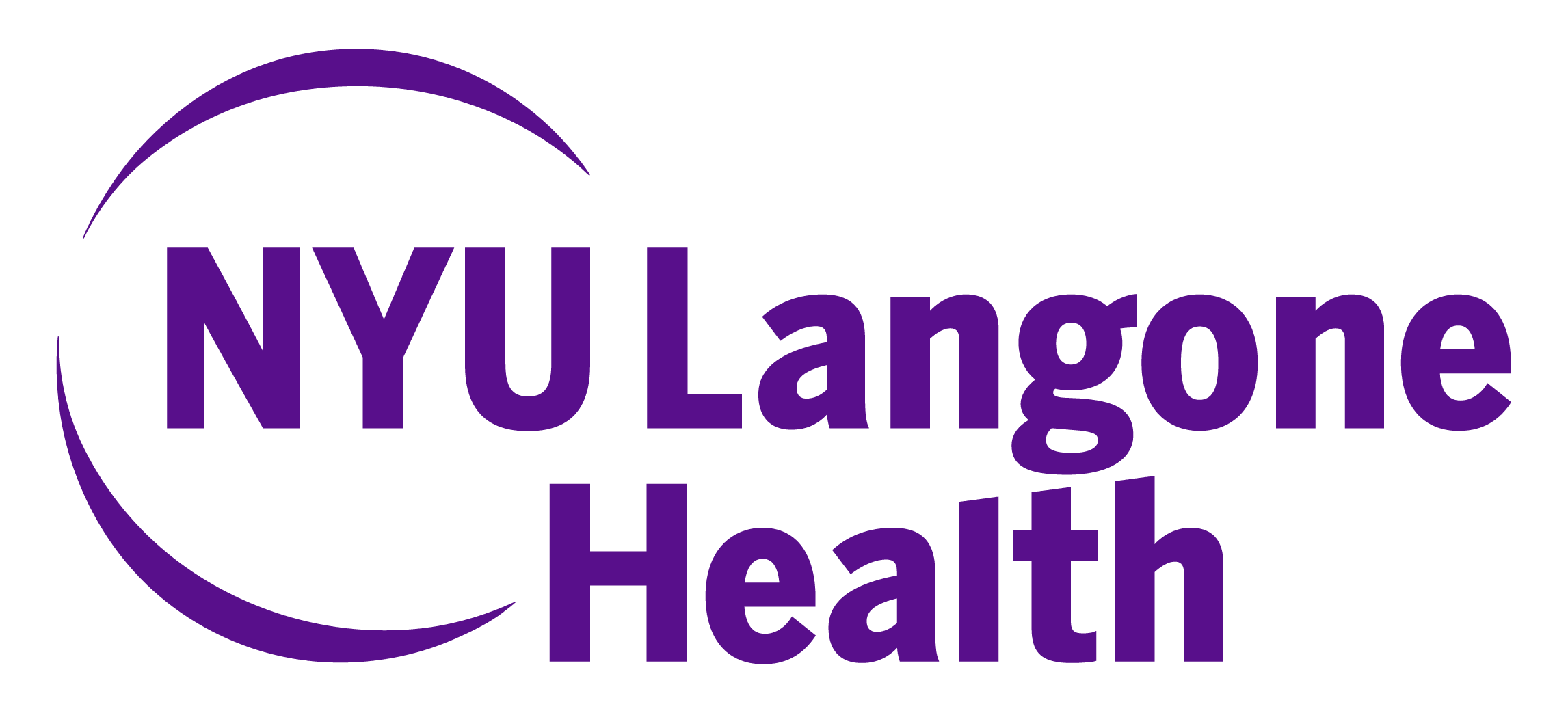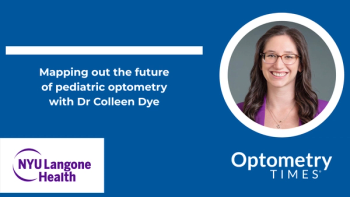
What patients should know about contact lens technology with Dr Brieann Adair

Adair, OD, outlines the vast expanse of possibilities that lenses offer patients outside of refractive error.
Brieann Adair, OD, a clinical optometrist and director of optometry at NYU Langone Eye Center, provides an extensive overview of recent developments, clinical considerations, and future projections in contact lens technology.
Adair began by highlighting the numerous exciting advancements in both conventional soft contact lenses and specialty lenses, such as scleral, rigid gas permeable (RGP), and hybrid lenses. She noted that significant progress has been made in the materials and coatings used in these lenses, which has yielded substantial improvements in comfort — an especially crucial consideration for patients who experience dryness, allergies, or those unable to previously tolerate contact lenses. These innovations in material science have enhanced the oxygen permeability and overall safety profile of modern lenses, allowing many patients previously excluded from lens use due to ocular complications or irregular corneas to successfully wear contact lenses for extended periods.
The expansion of available prescription parameters is another key achievement, enabling practitioners to cater to a broader range of refractive errors, including high myopia, astigmatism, and presbyopia. This, according to Adair, means that almost any prescription can now be accommodated, thus addressing a wide variety of patient needs.
When determining if a patient is a candidate for specialty or scleral lenses, Adair emphasized a twofold process—thorough clinical assessment and in-depth lifestyle conversations. Considerations include the shape and condition of the eye, prior lens-wearing history, and any co-existing ocular conditions, all of which influence lens suitability. Specialty lenses are especially valuable for patients with irregular or severe prescriptions, and for those with medical or structural issues affecting the eyes or eyelids.
Contact lenses, particularly specialty types, now play a vital role in managing ocular conditions beyond refractive error. Adair explained that these lenses protect the ocular surface in cases of severe dryness, structural abnormalities, neurological issues (such as facial paralysis after a stroke), and trauma. Such applications can be life-changing, offering both protective and restorative benefits to patients with complex ocular health needs.
Addressing misconceptions, Adair noted that patients often believe the need for reading prescriptions signals the end of contact lens wear. In reality, technological progress allows for multifocal and monovision solutions, supporting continued lens use. The pervasive issue of dry eye, exacerbated by screen use and environmental factors, can also be mitigated with newer lens designs and concurrent use of lubricating eye drops.
Looking ahead, Adair is optimistic about further innovations. She envisions expanded roles for contact lenses in conjunction with emerging technologies, such as AI and virtual or augmented reality, foreseeing increased integration in the wearable tech landscape. With more companies continuously expanding their prescription ranges and functionalities, she anticipates that contact lenses will become accessible and beneficial for a growing and increasingly diverse patient population.
Newsletter
Want more insights like this? Subscribe to Optometry Times and get clinical pearls and practice tips delivered straight to your inbox.



















































.png)


